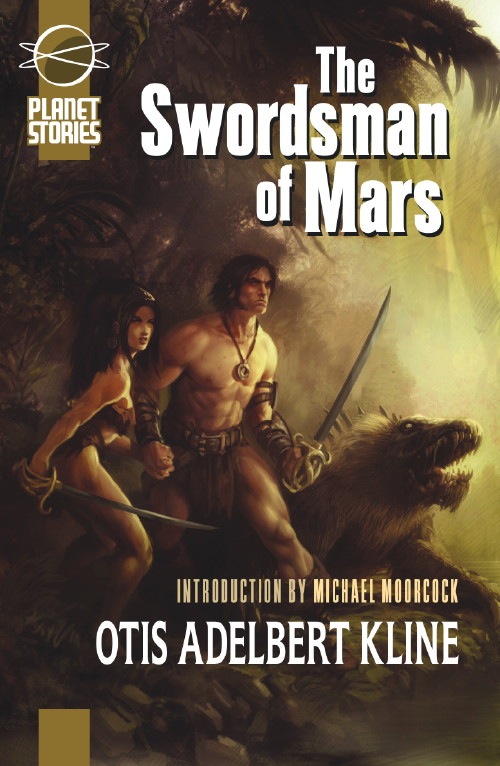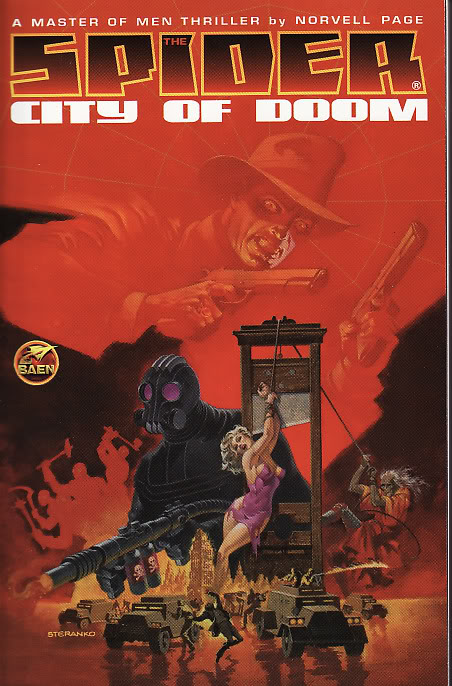In Defense of the Industry
A common refrain about the publishing industry – heard clearest of all in those places where writers gather online – is that editors and agents are more interested in making a fast buck than in finding a solid author, that they’d rather have cookie-cutter fiction instead of something that breaks new ground, that they just don’t get it. While I naturally cannot speak for every writer, my own experiences have led me to believe that the opposite is true.
To be sure, publishing changed when the conglomerates took over. What was once a gentleman’s enterprise became instead a ruthless business, one replete with attorneys and accountants for whom books are merely a curiosity, a commodity. There is an apocryphal tale from the late 80’s about a financial analyst who crunched the numbers and came to the conclusion that, since only a small fraction of books were destined for bestsellerdom, the editor-in-chief would do well to focus the company’s resources just on those few books. Wearily, the editor explained that no one could predict which books might outperform the others until after they were released. It’s frightening to think that the people who are ultimately in charge of our creative destines might not have the first clue what they’re doing.

 I’ll admit to not being able to keep up with science fiction and fantasy awards, but I think the newly announced
I’ll admit to not being able to keep up with science fiction and fantasy awards, but I think the newly announced 
